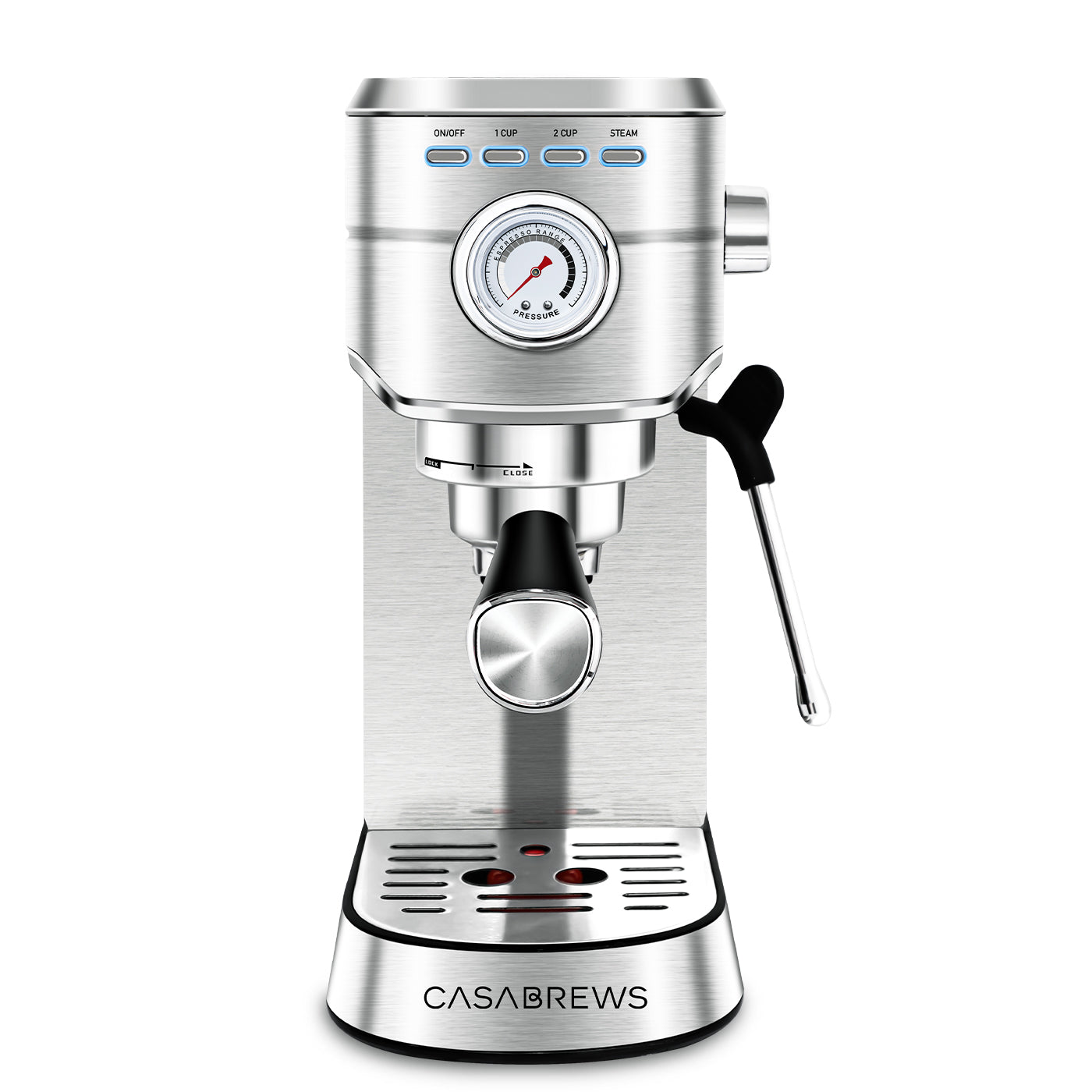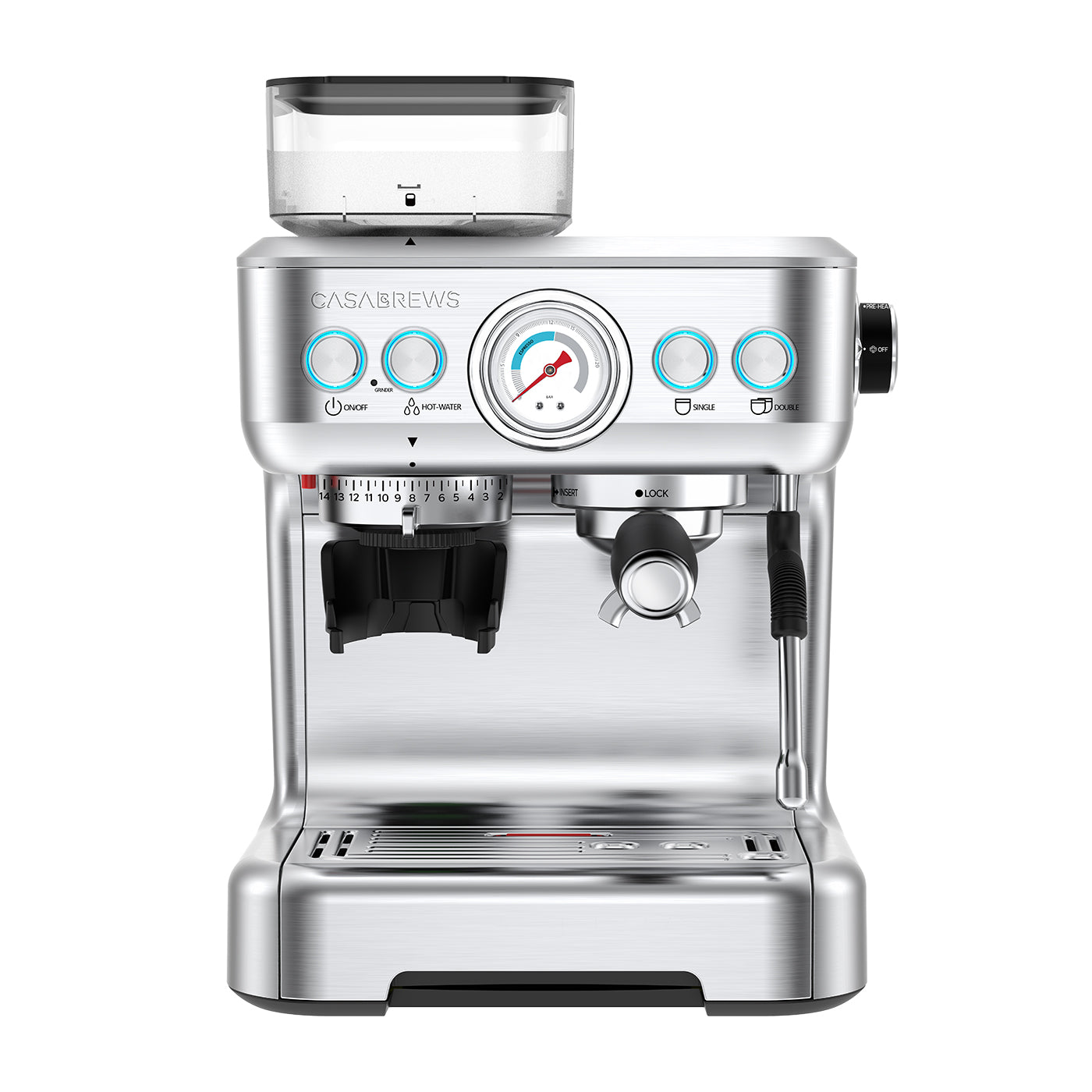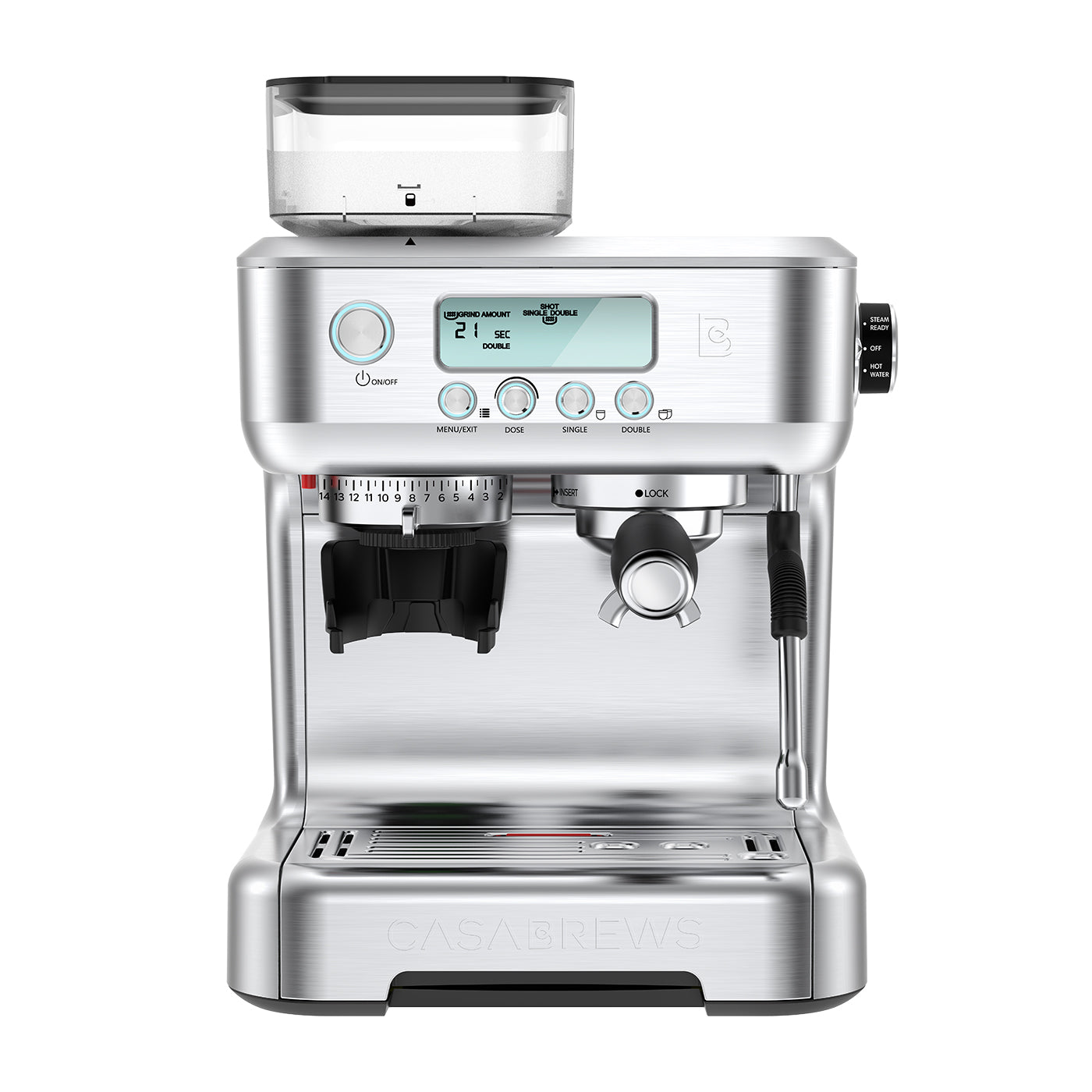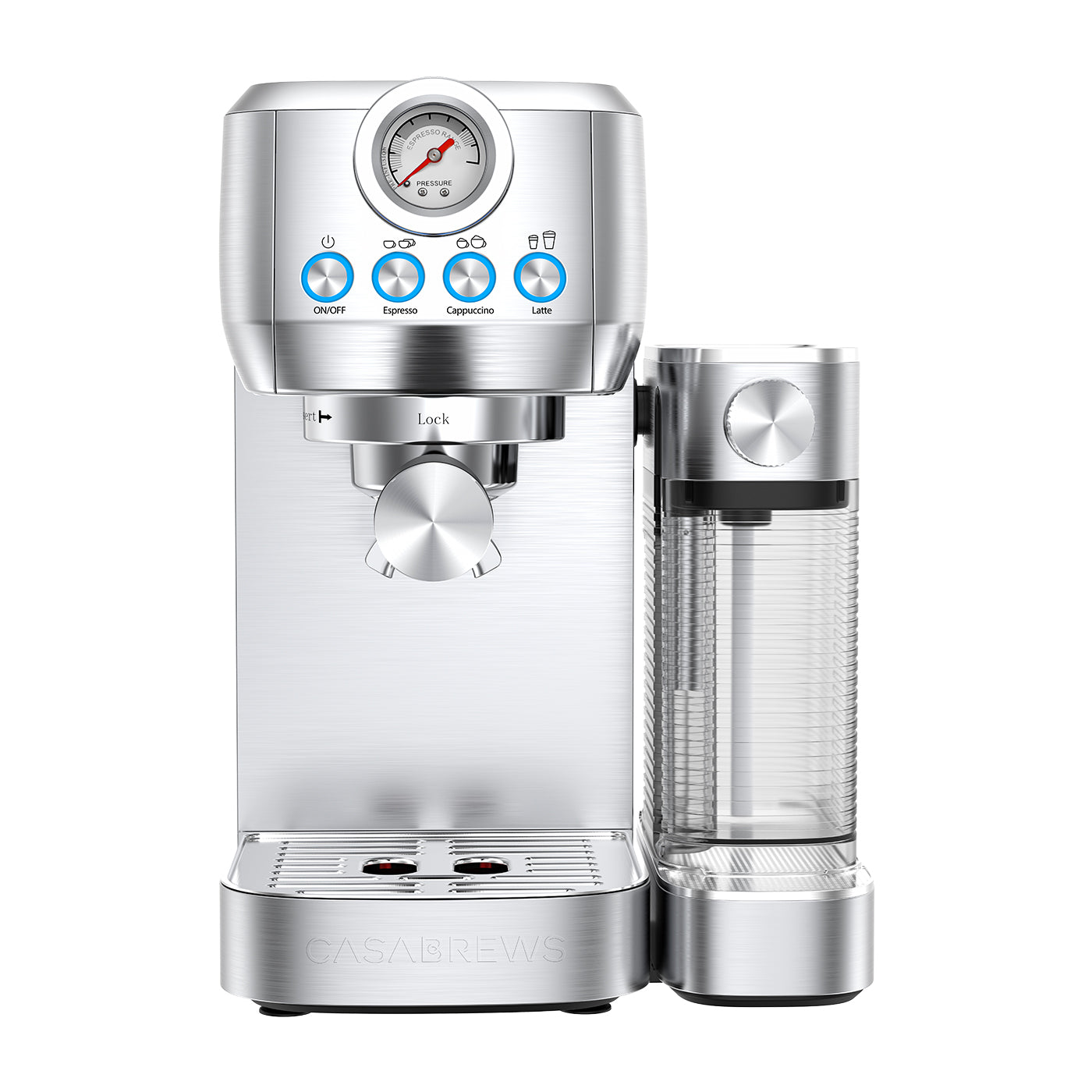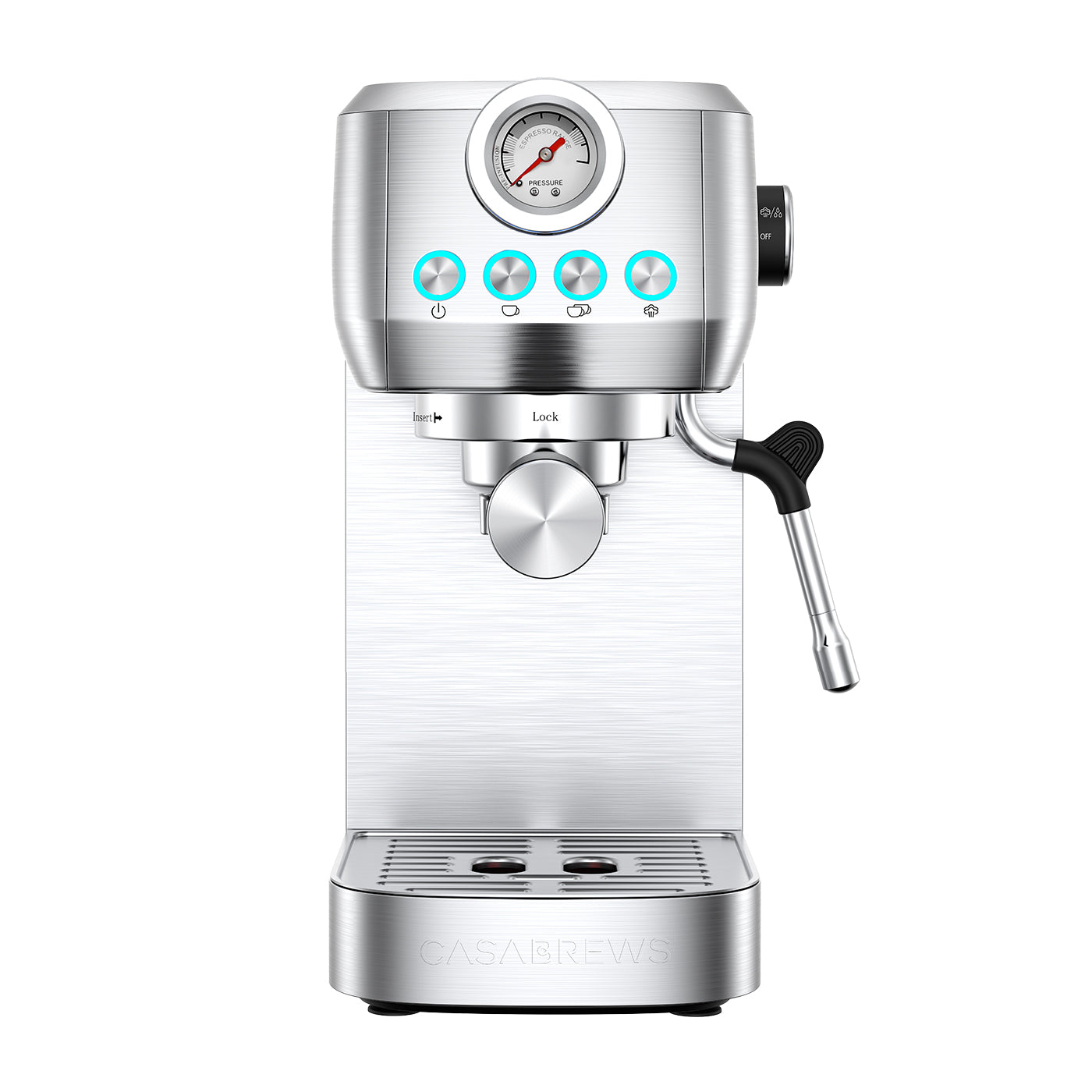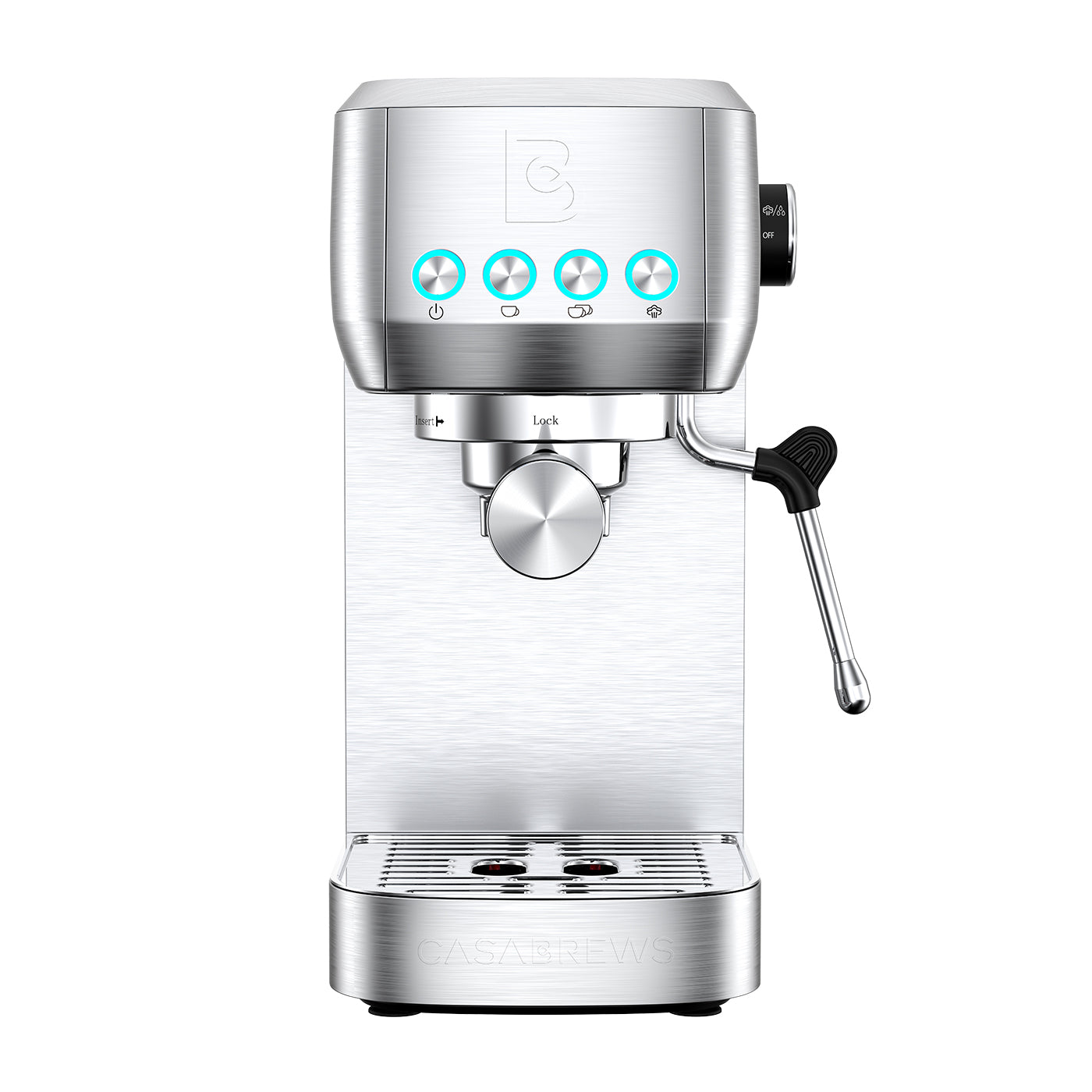Discover the Charm of Espresso Milk Foam
Meta Description: Indulge in the velvety goodness of espresso milk foam - your daily dose of deliciousness awaits you here, making every morning extraordinary.
Imagine that you're sipping on a warm, velvety cup of espresso with a rich, creamy foam on top. The foam is so smooth and delicate that it melts in your mouth, leaving behind a lingering sweetness. This is the charm of espresso milk foam.
Espresso milk foam is a staple of many popular coffee drinks, such as cappuccinos, lattes, and macchiatos. It is also used to create latte art, the intricate designs that baristas pour into the foam on top of their drinks.
Let's dive deeper and learn more about it.

Milk Foaming Techniques
To truly appreciate the charm of espresso milk foam, it's essential to delve deeper into the techniques behind achieving that perfect froth. There are two primary methods for frothing milk: steaming and frothing.
1. Steaming
Steaming is the most prevalent and traditional technique for frothing milk in espresso preparation. It involves the use of a steam wand, which injects hot steam into cold milk, creating countless tiny air bubbles. This process also heats and agitates the milk, resulting in the formation of a rich, creamy foam. To master the art of steaming, follow these comprehensive steps:
Choosing the Right Milk: Begin your milk frothing journey by selecting the right type of milk. Whole milk, with its higher fat content, yields a luxurious and indulgent foam, while skim milk, with less fat, creates a lighter froth. For those looking for dairy alternatives, almond, soy, and oat milk are popular choices, each offering a unique texture and flavor profile.
Properly Fill the Pitcher: Take a pitcher and fill it with cold milk, ensuring it's filled to approximately one-third of its capacity. The choice of pitcher size depends on the number of drinks you intend to prepare.
Position the Steam Wand: With your espresso machine at the ready, insert the steam wand into the milk. It's crucial to position the wand so that it's just below the milk's surface; this allows the steam to infuse into the milk efficiently.
Create a Vortex: To enhance the incorporation of air and the frothing process, give the pitcher a gentle swirl. This swirling action creates a vortex in the milk, facilitating the formation of fine bubbles.
Steaming Magic: Now, turn on the steam wand. You'll hear the distinctive hissing sound as hot steam begins to infuse the milk. Keep the wand submerged below the surface throughout the steaming process.
Frothing Action: As the steam works its magic, you'll notice the milk expanding and frothing. Continue steaming until the milk reaches the desired consistency, typically resembling wet paint with a glossy finish. Be cautious not to overheat the milk, as scalding it can affect the flavor.
Final Touch: Once you've achieved the perfect froth, turn off the steam wand. To eliminate any remaining large bubbles, gently tap the pitcher on the counter. This final touch ensures your milk foam is smooth and velvety, ready to crown your espresso.

2. Frothing
Frothing, also known as foaming, is a quicker and simpler method to froth milk, though it typically produces a less dense and stable foam compared to steaming. This technique involves using a handheld frother, a handy tool for those who may not have access to an espresso machine with a steam wand. To froth milk effectively, follow these steps:
Milk Choice: Begin by selecting your preferred type of milk, whether it's whole milk for a creamier froth or a dairy-free option like almond milk for a lighter alternative.
Pour and Froth: Pour the cold milk into a cup or glass. Next, immerse the handheld frother into the milk and turn it on. The frother's whisk will swiftly agitate the milk, introducing air into it.
Frothing Action: As you move the frother up and down in the milk, you'll witness the transformation of the liquid into a frothy delight. The process is relatively quick, taking only a minute or two.
Texture Check: Keep a close eye on the milk's texture. Once it reaches the desired level of frothiness, switch off the frother.
Frothed milk is now ready to embellish your espresso. While it may not achieve the same thickness and creaminess as steamed milk, it offers a convenient alternative for creating milk foam at home without specialized equipment.
With a thorough understanding of these milk frothing techniques, you can embark on your journey to perfecting the art of espresso milk foam.
Milk Foaming Art: Turning Coffee into a Work of Art
Coffee is great, but what makes it even better? Milk foam! It's like the icing on a cake, but for coffee. There's a cool trick to make designs with milk foam on top of your coffee, and we'll show you how it's done.

What's Latte Art?
Latte art is like drawing on your coffee, but with milk foam. It's a way to make your coffee look fancy and fun. You can create all sorts of designs, from simple hearts and leaves to more complicated patterns like flowers.
Basic Latte Art:
To start, let's learn how to make a simple design on your coffee:
Get Ready: First, make a cup of coffee like you usually do. Leave some space at the top.
Steam the Milk: Now, you'll need milk with fluffy foam on top. We talked about how to do this earlier.
Pour the Milk: Hold a pitcher with the foamy milk in one hand and your coffee cup in the other.
Start Pouring: Pour the milk slowly into the coffee, aiming for the center.
Create the Design: As the milk mixes with the coffee, you'll see a pattern forming. To make a simple design, gently move the milk pitcher back and forth as you pour. This will create shapes on the coffee.
Finish It Up: When you're happy with your design, lift the milk pitcher a bit while you keep pouring. This will give your design a nice finish.
Enjoy Your Art: Ta-da! Your coffee now looks amazing. Take a moment to admire your creation, and then enjoy your tasty coffee.
Milk Foaming and Taste
Milk foam adds a rich, creamy texture and sweetness to espresso drinks. It also helps to balance out the bitterness of the espresso.
The type of milk you use can affect the taste and texture of the foam. Whole milk produces the thickest and creamiest foam, but it also has the highest fat content. Skim milk produces a thinner foam, but it has a lower fat content.
You can also use plant-based milks to froth milk for espresso. However, some plant-based milks do not froth as well as cow's milk. Experiment with different plant-based milks to find one that you like.

Final Words
Espresso milk foam is a delicious and versatile addition to coffee drinks. It adds a rich, creamy texture and sweetness, and it can also be used to create beautiful latte art designs. If you have an espresso machine, do not hesitate to experiment with milk foaming!

